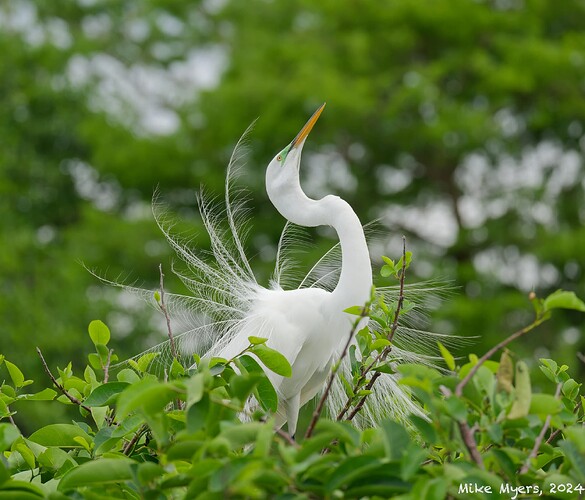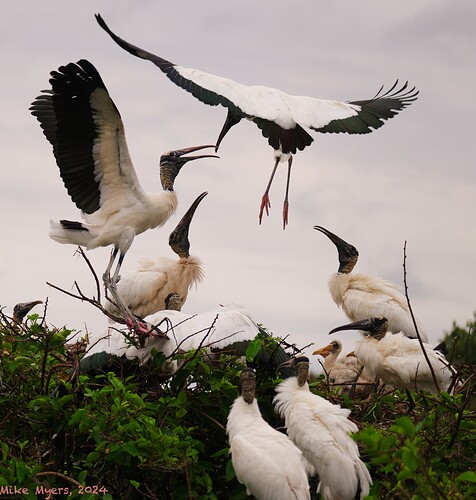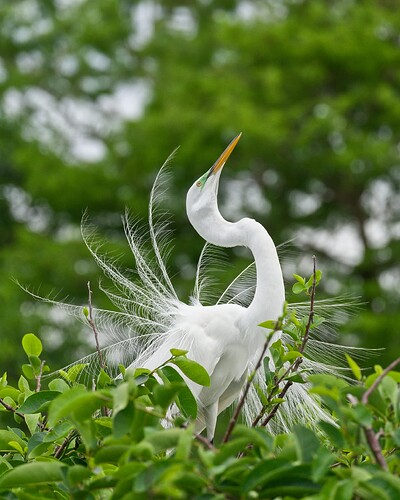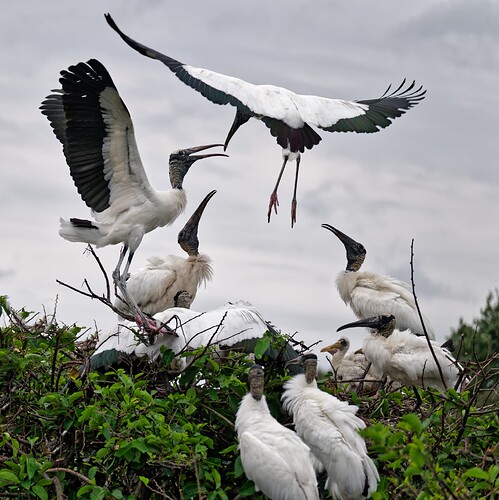When I started with digitally editing photos, I used a copy of PhotoShop 2 on a Mac LC III.
I never liked it that much and was fairly happy when Apple introduced Aperture which was a power hog and never smoothly on the iMacs I had then. Enter Lightroom, lower cost and sunning smoothly and fast, so my decision was made and I never regretted it. While OpticsPro had a few unique selling propositions and worked wonders on photos taken with a Nikon D200 in regards to clarity and noise, it had no feature whatsoever in the field of asset management.
Anyways, here I an, using the best of both worlds, Lightroom Classic and PhotoLab, and if I had to kiss one of them good-bye, it would be PhotoLab because it is a nowhere as well equipped asset manager and has no provisions to keep its database aligned with what is actually stored in the photo archive.
Both Lightroom and PhotoLab store everything we do in their catalogue/database. And both can be set to write that stuff to sidecar files. Lightroom and PhotoLab store slightly different sets of information in their .xmp and .dop files respectively, but whether you have these files or not is a matter of choice. Both apps can be set to write those files or not.
No backup, no mercy.
Anyways, neither Lightroom nor PhotoLab nor Photoshop nor … is better, but they can complement each other … and what we do or think is a matter of our choice, mostly.




